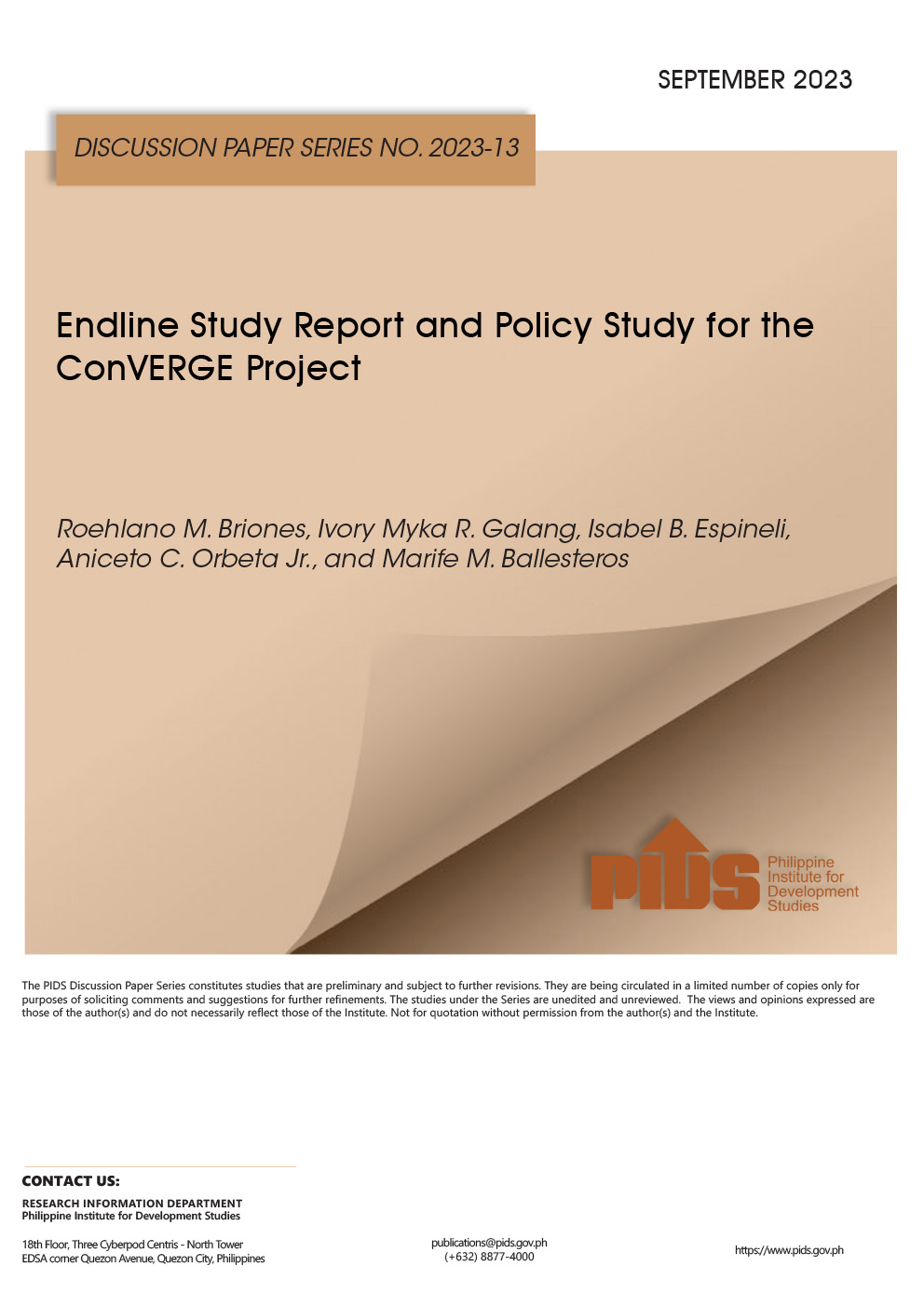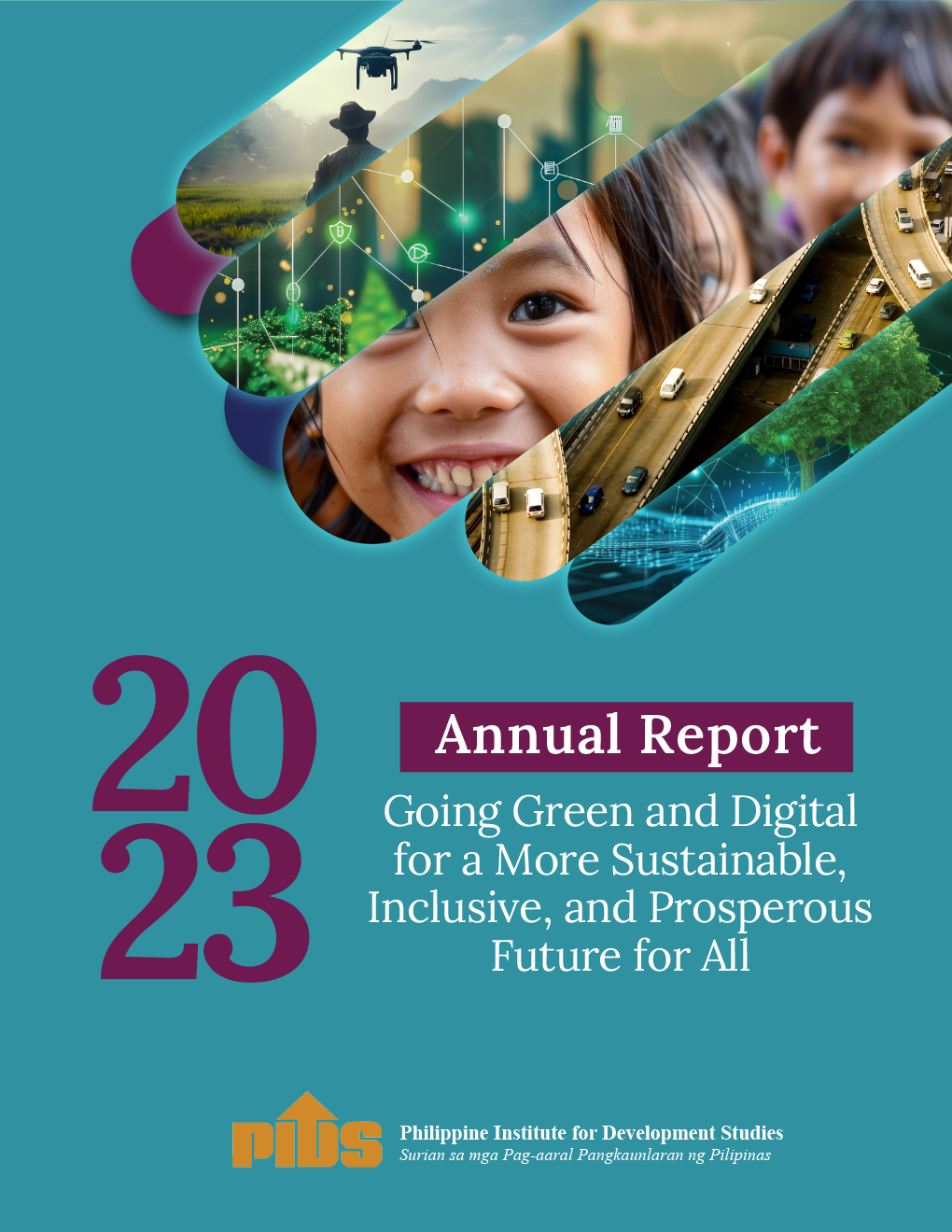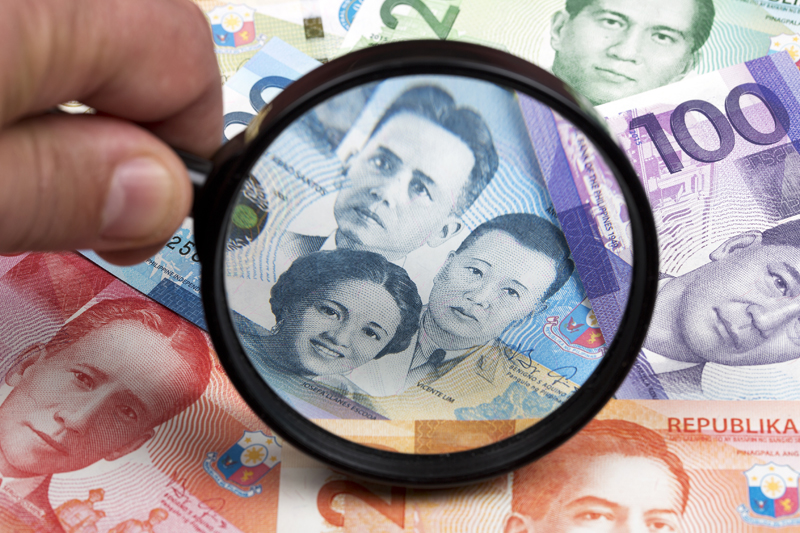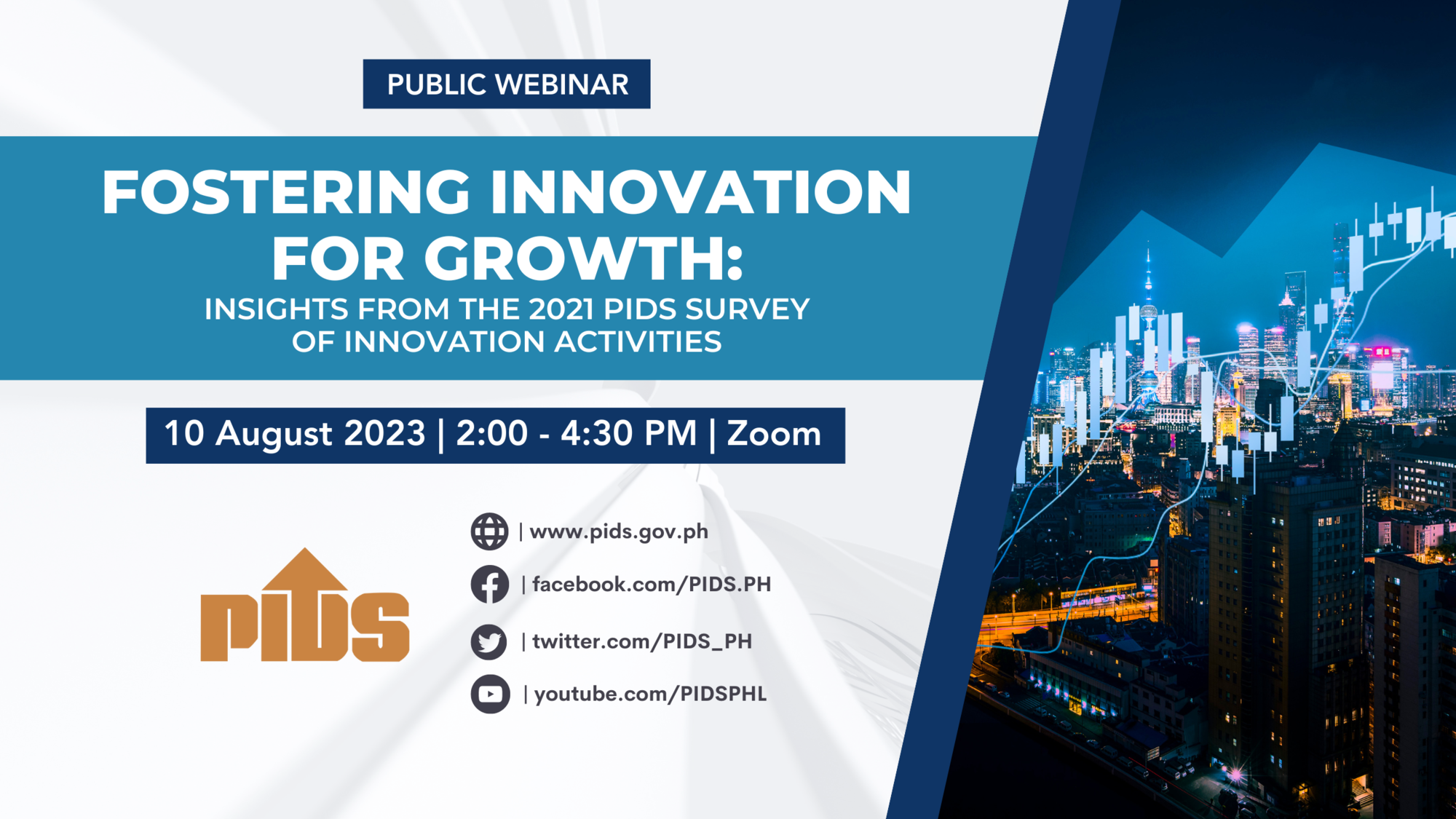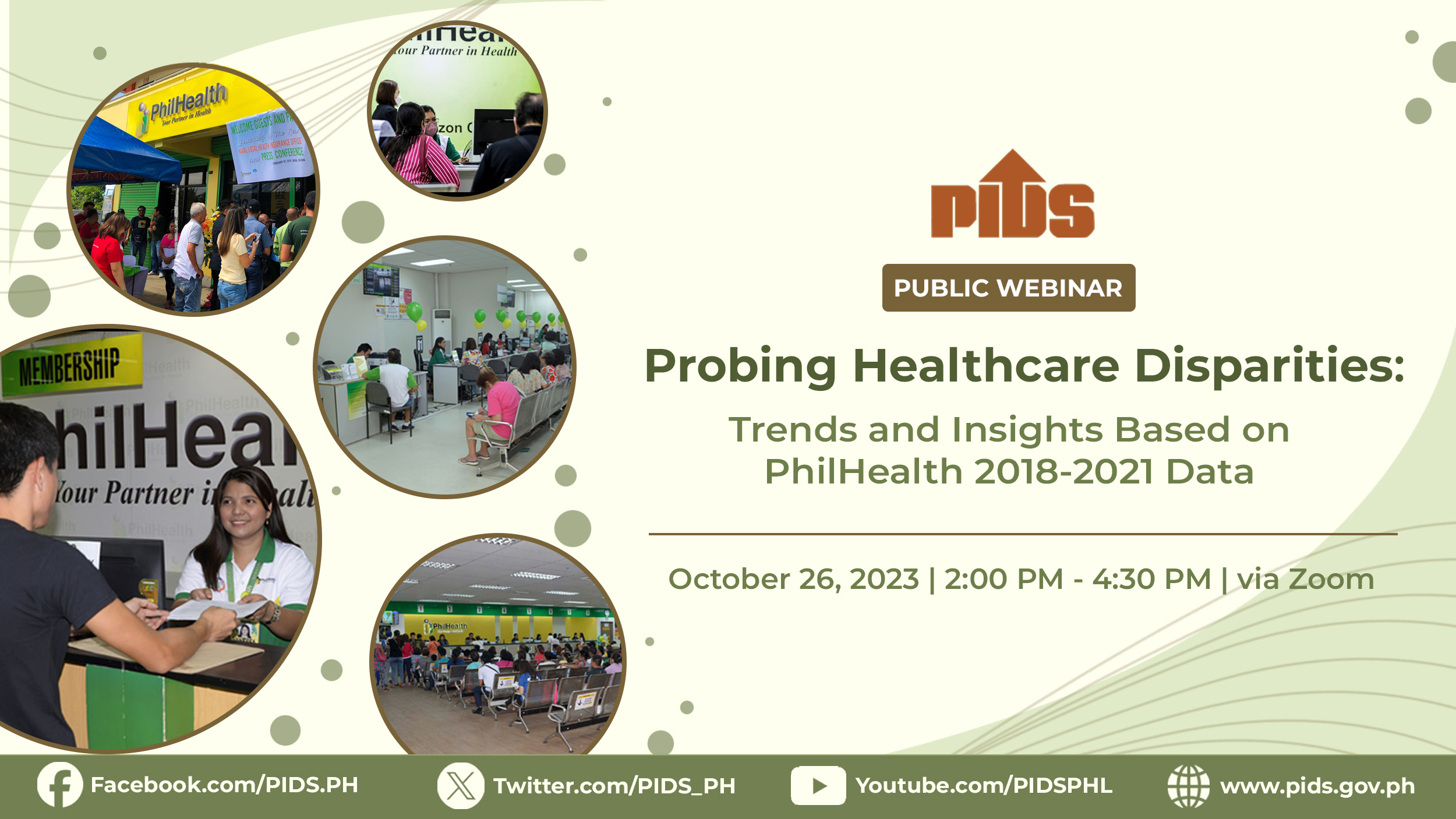What if the year could be defined by just one economic indicator? Wouldn’t that be something?
But, as it turned out, it can’t.
Indeed, there are a number of indicators that stood out in 2021. The BusinessMirror interviewed economists, statisticians and analysts to weigh in on these numbers.
Many of the answers were dead giveaways while others were not, and not always for the reasons Filipinos expect.
The year that was
Even before it began, a lot of judgment had been passed regarding the state of affairs in 2021.
For pundits, 2021 signified déjà vu. They would say 2020+1, which meant 2021 would only be a repeat of 2020, this generation’s annus horribilis.
In the beginning, it seemed the pundits were correct in their assumptions. First growth numbers were not that encouraging at a contraction of 3.9 percent. Second was the lackluster growth of employment, with millions continuing to be part of the unemployed.
But what dimmed the lights for many Filipinos was the surge in cases in the third quarter which kept Filipinos locked down in their homes.
The surge in Covid-19 cases in September saw cases peaking at 22,455 on September 13. This placed the country’s 7-day moving average of the country’s Covid-19 cases to 17,937 cases. The 7-day moving average, however, peaked in the week of September 6 when it reached 18,274. September 6 recorded the second highest number of Covid-19 cases at 22,428.
At that time, many Filipinos were feeling hopeless—an ominous dark cloud hung over their hopes for a bright and reunited Christmas. Many economists also feared the economy would again tank in the third quarter of the year due to the surge.
But the government was not worried because of their vaccination efforts. Socioeconomic Planning Secretary Karl Kendrick T. Chua has repeatedly expressed confidence in the vaccination drive, leading him to believe less stringent mobility restrictions were just weeks away.
His optimism was given some credence when cases started declining. Right after peaking at 22,455 cases on September 13, the country recorded 19,563 cases on September 14. There was no looking back after that day as cases started declining to the three-digit level, a huge relief for an entire country imprisoned in over 650 days of lockdown, the longest in the world.
At that point, much like gravity, what goes up must come down, the opposite happens as things begin to turn out better than expected.
This optimism found toward the end of the year has even prompted the Asian Development Bank (ADB) to revise its growth forecast for the Philippine economy.
Despite the pandemic and the detection of a new Covid-19 variant, Omicron, the ADB revised its economic growth forecast for the year to 5.1 percent in 2021, higher than its 4.5-percent forecast in September.
For 2022, the ADB estimates that the Philippine economy will post a growth of 6 percent, better than the 5.5-percent projection the Manila-based multilateral development bank made three months prior.
The ADB said this is largely due to the “resilience” shown by the Philippine economy. In the third quarter, the country’s GDP grew 7.1 percent owing to the steady recovery of consumption spending, the primary driver of the country’s economic performance.
The fourth quarter, according to the National Economic and Development Authority (Neda), could be even better given the expected holiday consumption and decline in Covid-19 cases as well as vaccination efforts.
Beyond GDP
Certainly, it is worth noting that the story of 2021 is incomplete without people and knowing how they have fared this year amid their struggles and the grief that they have experienced due to Covid-19.
“It has to be the family of indicators based on official and unofficial statistics that tell the story of how badly or inefficiently we managed the Covid crisis and its impact on the lives of people, particularly the poor and the marginalized,” Romulo A. Virola, former head of the National Statistical Coordination Board, told the BusinessMirror.
Philippine Institute for Development Studies (PIDS) Senior Research Fellow Jose Ramon G. Albert told this newspaper that there is a trifecta of key economic indicators to gauge how the country performed—GDP, inflation and employment.
While GDP is the widely accepted indicator, Albert noted it can be significantly affected by base effects. The country’s third-quarter economic performance, he said, was an example.
The 7.1-percent growth in the third quarter may be good news and a higher than expected number but, Albert pointed out, this remains below pre-pandemic levels.
“2020 Q2 (second quarter) GDP growth was at -17 percent, thus the levels of GDP are still smaller than pre-Covid levels. In fact, we have had 5 straight GDP quarters of contraction from 2020 Q1 (first quarter) to 2021 Q1,” Albert said in a recent event.
“Even if we celebrate the growth in the second quarter, which compares Q2 with the previous year level, the seasonally adjusted GDP posted a contraction of 1.3 percent, which means, quarter-on-quarter, the Q2 was actually worse off than the Q1 for this year,” he added.
Albert said the government’s “draconian” measures that placed the country in the longest lockdown in the world was largely to blame for what has happened to the economy this year. Economic growth, unfortunately, tells the story of Filipinos.
This is why it’s important to look at employment, Albert said. He said the employment data is the next most watched metric of the economy, specifically the unemployment rate, which describes the labor market.
The challenge when it comes to employment data, he said, is that data disaggregated are not immediately available. Albert said this makes it difficult to determine if “the unemployed of the pre-Covid days were the same as the unemployed of the Covid days,” for example.
Nonetheless, Albert said challenges experienced by the labor market stems from the inability of the economy to provide decent employment opportunities to millions. This is also the reason why he believes that together with labor force participation, this is the most important indicator for the year.
“The bigger challenge on the jobs agenda in the country has always been in addressing underemployment, i.e., improving the quality of jobs, but that also means we need to improve the quality of our workforce,” Albert said.
The other part of the trifecta of indicators, Albert said, is inflation. Inflation has been higher than government targets since January. It is worth noting that prior to 2021, the last time inflation breached 4 percent was in January of 2019, just before Covid-19 wreaked havoc on the Philippine economy.
Based on data from the Philippine Statistics Authority (PSA), inflation this year peaked in August at 4.9 percent, just before the Covid-19 case surge. In September, inflation averaged 4.8 percent, the second highest rate for the year.
The increase in inflation, Albert said, is not only being felt in the Philippines but in other parts of the globe, with the rise in oil prices and logistics issues that are making various food and non-food commodities expensive.
Last year, hardly anyone was spending. Now that the restrictions in people movements are relatively less compared to hard lockdowns, people are spending and traveling and, as such, there is a bottleneck with very high demand,” Albert said.
“And this causes inflation in the short term. The strained supply lines due to Covid paired with an increase in demand we are seeing now would be one of the main reasons for inflation at the moment,” he added.
Employment
A number of economists, statisticians and analysts interviewed by the BusinessMirror believe the country’s employment numbers would tell the story of 2021.
Many of them consider that while GDP is the economic indicator of the economy, the struggles and triumphs of this year would best be told by how they are able to earn a living amid all the hardships during the year.
Ateneo Eagle Watch Senior Fellow Leonardo A. Lanzona Jr. told the BusinessMirror that unlike GDP, unemployment “cannot be influenced by transitory government expenditures and reflects more the structural features of the economy.”
Based on the latest data from the PSA, unemployed Filipinos reached 3.504 million in October 2021. This was 309,000 less than the 3.813 million recorded in October 2020 and 751,000 less than the 4.255 million in September 2021.
Underemployment also improved in October 2021. PSA’s data showed those looking for additional sources of income reached 7.044 million, almost twice the unemployment figures, in October. This is also higher than the 5.747 million recorded in October 2020 and the 6.183 million in September 2021.
“As most of our people only have labor as their asset, this indicator represents the level of welfare and distribution in the economy,” Lanzona told the BusinessMirror.
Former Socioeconomic Planning Secretary Dante B. Canlas told the BusinessMirror that unemployment continued to decrease because the country’s economy was already recovering.
Canlas, however, said underemployment remains a problem for the economy and highlights the low wages that plague workers nationwide. “Declining unemployment rate signals that the recovery is gaining strength. Rising underemployment rate suggests that employment at low wages is persisting.”
Former Labor Undersecretary Rene Ofreneo, meanwhile, said the surge in “informal and precarious employment” told the story of Filipinos in 2021. Many Filipinos, he said, were working less than 40 hours a week, reducing their incomes in the process.
Ofreneo is referring to what is called visibly underemployed, which the PSA defined as those people who are working for less than 40 hours during the reference period and want additional hours of work.
There is also what is called invisible underemployment, which also increased. The invisibly underemployed Filipinos are those working full-time, around 40 hours per week, but were still looking for additional work or additional hours of working.
Based on the October Labor Force Survey (LFS), of the 7.044 million underemployed Filipinos, majority or 4.708 million were visibly underemployed and 2.337 million were invisibly underemployed.
The number of those classified as part of the visibly underemployed increased by 1.103 million in October compared to the same period last year, while those in invisible underemployment increased 194,000 year on year.
However, compared to September, there was a surge in the invisibly underemployed at 569,000 among those in invisible underemployment, while the increase for visible underemployment was only 293,000.
“[Among] economic sectors, the policy incongruence in the agricultural sector is reflected in the surge in agricultural imports amidst cries of small farmers across the archipelago of falling prices, rising cost of inputs (e.g., urea doubling from P1,000 to over P2,000) and farm bankruptcies,” Ofreneo said in an email. “Magkakaugnay ang labor precarity, informality at poverty.”
De La Salle University economist Maria Ella Oplas told the BusinessMirror, however, that while these are valid concerns raised by other economists when it comes to employment, what was striking for her was the increase in employment among the younger and older Filipinos.
This was reported by the BusinessMirror as early as May 2021 when National Statistician Claire Dennis S. Mapa said the uptick in the Labor Force Participation Rate (LFPR) in March was mainly due to Filipinos 15 to 24 year olds and those 65 and over who joined and rejoined the labor force.(Story here: https://businessmirror.com.ph/2021/05/07/seniors-undergrads-boost-labors-ranks/)
At that time, the LFPR of those aged 15 to 24 years old increased to 40.1 percent, while the total LFPR for those above 65 years old increased to 36.4 percent. There were 8.04 million young Filipinos and 2.29 million seniors in the labor force in March 2021.
Oplas said this only means that due to the hardships experienced by families this year, all members of the family are willing to pitch in and do their part in earning a living. She said even her own students found ways to help their parents.
She said her students decided to find part-time jobs such as accepting art commissions or undergoing internships with pay just to contribute to their family’s incomes.
“Everyone wants to be able to economically contribute despite what’s happening to the economy. I think that is the essence of resilience, seeing one’s value and taking action to make sure that it’s maximized,” Oplas said.
“Others might see it as a distraction from their studies but for me, it’s okay. It will give them the much needed experience while contributing to the economy,” she added.
Inflation and poverty
Part of the story of 2021 is the inflation and poverty experienced by Filipino households. In an email to the BusinessMirror, University of the Philippines Professor Emeritus Epictetus Patalinghug said inflation and poverty both increased this year. These are, therefore, important indicators that would shed light on how Filipinos lived this year.
Inflation is particularly important since the Philippines is reliant on imports not only to produce exports but also for other commodities such as food and fuel. The country is considered a net food and oil importer.
Patalinghug also said the high prices in the global economy impact the country through other technological means. He said consumer purchases have shifted online through mobile phones. Many of these products are imported.
Further, Canlas said part of the increase in inflation was the exchange rate, which allows global inflation to affect the Philippines. “This indicates the pass-through from global inflation, such as that stemming from energy prices. Inflation tells us if it’s time to taper easy money as a stimulus,” Canlas said.
In terms of poverty, the first-semester poverty data for this year showed poverty incidence increased to 23.7 percent in 2021, higher than the 21.1 percent posted in 2018. This translated to 26.137 million poor Filipinos, a 3.9-million increase from the 22.262 million Filipinos recorded in 2018.
Part of the reason for this is the P1,860 increase in the per capita income threshold to P14,498 in 2021 from P12,638. With this, the PSA estimated the income gap, which measures the average amount of income required by the poor in order to get out of poverty expressed in relation to the poverty thresholds.
“The income gap was estimated at 27 percent in the first semester of 2021, that is, on average, a poor family with five members needs an additional monthly income of about P3,262 to move out of poverty in the first semester of 2021,” the PSA said in a report.
Albert said he initially estimated, through a simulation, that poverty would increase by 3 million this year. He expects poverty to decline in the second half of the year due to the increased economic activities.
However, he lamented that efforts must be exerted to improve the country’s poverty data, particularly in disaggregating by regions and provinces. Albert said, nonetheless, that poverty in the Bangsamoro Autonomous Region in Muslim Mindanao (BARMM) decreased.
“It is interesting that BARMM has reduced its poverty incidence. [This is] likely because of all the resources made available to it by the national government and development partners,” he stressed.
Ofreneo said it is worth noting that poverty could worsen given Typhoon Odette. Based on the Christmas Day report from the National Disaster Risk Reduction and Management Council (NDRRMC), the typhoon has displaced 596,599 Filipinos; killed 367 residents; injured 732 Filipinos; and 62 more are still missing.
Some 269 cities and municipalities experienced power outage and interruption in Mimaropa; Regions 6 to 11; Caraga; and BARMM. Power has been restored in only 150 cities and municipalities. A total of 371 cities and municipalities also experienced telecommunication interruptions in the affected regions and only 114 of these areas have seen their services restored. Further, Typhoon Odette has interrupted water supply in four cities and municipalities. Only one city/municipality has seen its water services restored.
The estimated cost of damaged houses is pegged at P29.21 million, covering 371,188 damaged homes. Of this number, some 243,303 were partially damaged and 127,885 were totally damaged. Infrastructure damages have reached P3.999 billion covering 205 facilities such as churches, government buildings, health facilities and roads, among others.
Ofreneo said, combined with the challenges of the labor market, this could spell problems for Filipinos living in the affected regions. “The path taken by Odette [is a concern]. It seems informal [employment] and poverty belt ang Visayas-Mindanao,” Ofreneo stressed.
As for former Socioeconomic Planning Secretary Romulo L. Neri, he said Typhoon Odette is a concern as well as the new variant, Omicron, because these are “potentially disruptive” to the country’s economic recovery, especially for 2022.
Given the high prices and also the increase in the ranks of the poor, inequality could worsen, if not worsened already. Ateneo Center for Research and Development (ACERD) Associate Director Ser Percival K. Peña-Reyes said the country was already treading a “K” shaped recovery.
The K-shaped recovery indicates an economic recovery path that will also see a wider inequality in society. The United Nations Economic and Social Commission for Asia and the Pacific (Unescap) already warned about this earlier in the year stating that countries must avoid this growth path by providing social safety nets.
In March, Unescap said that despite a reasonably strong rebound expected in 2021, a “K-shaped recovery” is likely, with poorer countries and more vulnerable groups marginalized in the post-pandemic recovery and transition period.
However, Peña-Reyes said it was good news that GDP was recovering but the Philippines continues to struggle with low foreign direct investments (FDIs) and exhibit lackluster competitiveness ranking performance. He added that the first-semester poverty data was also not promising given the increase in both the poverty incidence and the number of poor Filipinos.
“Narrow, shallow and hollow growth led to a fragile economy. Fragile pa rin. Still far from being inclusive growth. Add to that the digital divide that threatens to exclude even more people,” Peña-Reyes said. “It might be a K-shaped recovery where some industries boom while others drop even more.”
Peña-Reyes said the worsening of poverty will also lead to long-term or “scarring effects” that may be felt for years to come. The impact of this scarring may complicate the country’s ability to attract foreign investments that create more employment opportunities.
Further, he said that while some households may have been able to engage in “revenge spending” and used their pent up demand, the “vast majority” of Filipinos may have continued to feel the slump. This is particularly the case of those affected by the typhoon.
“The government may express their optimism about the GDP, that it meets or even exceeds the target. But in terms of stats that matter more, we have nothing to be proud of. We have to translate the growth to a better life for most, if not all, Pinoys. That remains to be a challenge,” Peña-Reyes said.
Vaccination and mobility
Former University of the Philippines School of Economics Dean Ramon Clarete said the primary indicator for him this year was the country’s vaccination rate as it provides an anchor for every good thing that Filipinos hope to come their way next year.
Based on the December 21 report shared by Malacañang, 102.995 million doses have already been administered. This is composed of 56.51 million for first doses and 41.58 million for second doses.
A total of 3.7 million were administered as single doses for the vaccine brand, Janssen. Some 1.2 million doses were administered as booster shots. The country delivered an average of 1.34 million jabs per day.
The data also showed that 60.212 million Filipinos have received at least one dose, translating to 78.06 percent of the target population. The fully vaccinated Filipinos, meanwhile, have reached 45.28 million as of December 21. This translated to 58.71 percent of the target population.
The Department of Health (DOH) also recently announced that all adult Filipinos or 18 years old and above are eligible to receive a single-dose Covid-19 booster shot at least three months after the administration of the second dose of AstraZeneca, Moderna, Pfizer, Sinovac or Sputnik vaccine. Those who received Janssen shots are eligible to get their booster shots at least two months after the dose was administered.
“My indicator is the vaccination rate of the population for Covid. Strange? But for me it makes the most sense. Widespread infection rate simply leads to movement restrictions which in turn translate to reduced economic activity. High vaccination rate makes that unlikely for 2022, which is good,” Clarete said.
“Infection rates are low, eliminating economic lockdowns in whatever form. That also frees up public resources from flattening the Covid infection rate for other public goods,” he added.
Action for Economic Reforms (AER) Coordinator Filomeno Sta. Ana II and Unionbank Chief Economist Ruben Carlo Asuncion agreed and said indicators that focus on how well the country is able to contain the spread of Covid-19 would be crucial, particularly for 2022.
Sta. Ana said it is therefore critical that the government exert efforts to increase testing, improve contact tracing, and provide adequate and capacitated human resources.
For Asuncion, mobility data is also a good indicator to consider this year because of the impact it will have on the economy’s future performance. He said poverty and unemployment are not important, but are highly dependent on the reopening and recovery of the economy.
Sta. Ana and Asuncion said these indicators would be crucial in ensuring that this economic recovery continues in 2022 and beyond.
“There is uncertainty, especially considering that the virus continues to mutate. While cases are currently down, this might be the calm before the storm. Omicron is battering many countries,” Sta. Ana said.
Knowing the past provides value and insight for future action, in this case for 2022. The economic indicators are just some of the numbers that matter for a country of at least 109 million.
Numbers are numbers but for many of the country’s experts, they would only be meaningful if they help improve the lives of all Filipinos. Some indicators may highlight the difficulties this past year but can still be used as guides to improve Filipinos’ well-being.
With that, we leave our dear readers this question: What would be the most important indicator that would define 2021 for you?
Jan 01, 2022
Related Posts
Publications
Press Releases
Video Highlights
Infographics
[No related items]

